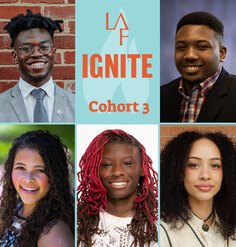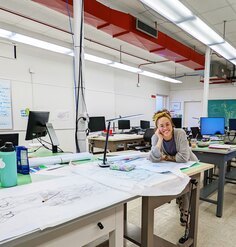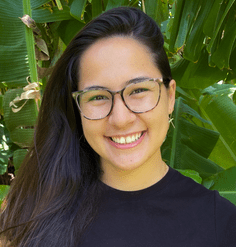Olmsted Scholar Feature: Restoring Hetch Hetchy, a Mountain Temple
By Carson Cooper, 2013 University Olmsted Scholar
A new era of dam decommissioning has commenced. Few dams are built and even fewer are justifiable because of the egregious environmental damage they cause. Destroying a dam and draining a reservoir might be considered victories for restoring our world to a resilient future; however, as the water recedes, a new obstacle emerges: the newly exposed valley floor. Typically, these reclaimed landscapes are in terrible condition because the soil is low in nutrients, microbial activity, and moisture availability, and it usually does not have a consistent soil profile. These factors and others hinder natural succession of native plants, which leaves the new landscape vulnerable to invasion from exotic species.
In the glorious mountain tops of the Sierras within the boundaries of Yosemite National Park, there is a place called Hetch Hetchy. It was once a beautiful and thriving valley that bountifully provided food, raiment, and shelter for the Miwok Indians. Hetch Hetchy Valley was considered to be one of the most diverse and unique ecosystems in the world. John Muir described it as “one of nature’s rarest and most precious mountain temples.” However, in 1913, the pure and precious Tuolumne River was dammed by the O’Shaughnessy Dam. The resulting reservoir buried the ancient valley with 300,000 acre-feet of water and became an integral part of an aqueduct system that provided San Francisco and neighboring cities — all of which are nearly 200 miles away — both water and power.
For decades, heated discussions of politics and environmental ethics concerning Hetch Hetchy have reverberated city halls and city walls. Although many people are being informed about the complexities revolving around Hetch Hetchy, the discussion is truly just beginning.
My senior thesis is intended to be a tool and instrument in the discussion. Through intensive analysis, I developed a master plan for a newly exposed Hetch Hetchy Valley once the O’Shaughnessy Dam is obsolete and breached. My thesis considers the extreme complexities within the historical context of the project and explores (lightly) the analysis involved in justifying the removal of the dam and the support pushing for restoration. It investigates the processes involved in restoring a newly drained reservoir through theoretical approaches, case studies, and precedents. It develops appropriate design programming that will highlight the beauty of the historical landscape and offer new recreational opportunities, all while maintaining the integrity of National Park initiatives and the serenity that should exist within a mountain temple.
Through my analysis and design interventions, I realized that a new palette of programming tools is necessary to accomplish the project goals and to have far less environmental impact than nearby Yosemite Valley. I proposed free mass transit from a neighboring camp to drastically decrease car traffic, pollution, and impervious pavement. Therefore, all site interventions and attractions would only be accessible through pedestrian means like walking and cycling. I developed an intricate path system that would provide many access routes to popular locations. I designated walk-in only campsite locations so that Yosemite National Park could accommodate more overnight users, which would increase revenue while alleviating overcrowding in Yosemite Valley. I clustered development in certain areas based on programs and activity use to increase likability, identity, and circulation. Lastly, I tailored the design to lower-impact types of recreation like white water rafting, zip lining, hang gliding, dam and rock climbing, fishing, swimming, mural art, and hiking.
Through restoration of the Hetch Hetchy Valley, a new and viable ecosystem can be created for both wildlife and humans to experience. This project might also be used as a tool in the creation of resilient principles for our future and an instrument in the dam decommissioning movement. There is no better way to foster human health and to promote the goals of the National Park Service than to restore an ancient “mountain temple” that will manifest the handiwork of both God and humanity.
In May, Carson Cooper graduated from the University of California, Davis with a Bachelors in Landscape Architecture. He is now pursuing a Masters in Landscape Architecture at the Rhode Island School of Design, where he intends to focus his studies on new and innovative stormwater management in the urban context and investigate successful design solutions for restoring ecological processes to highly disturbed landscapes like brownfields and post-dam valleys.











